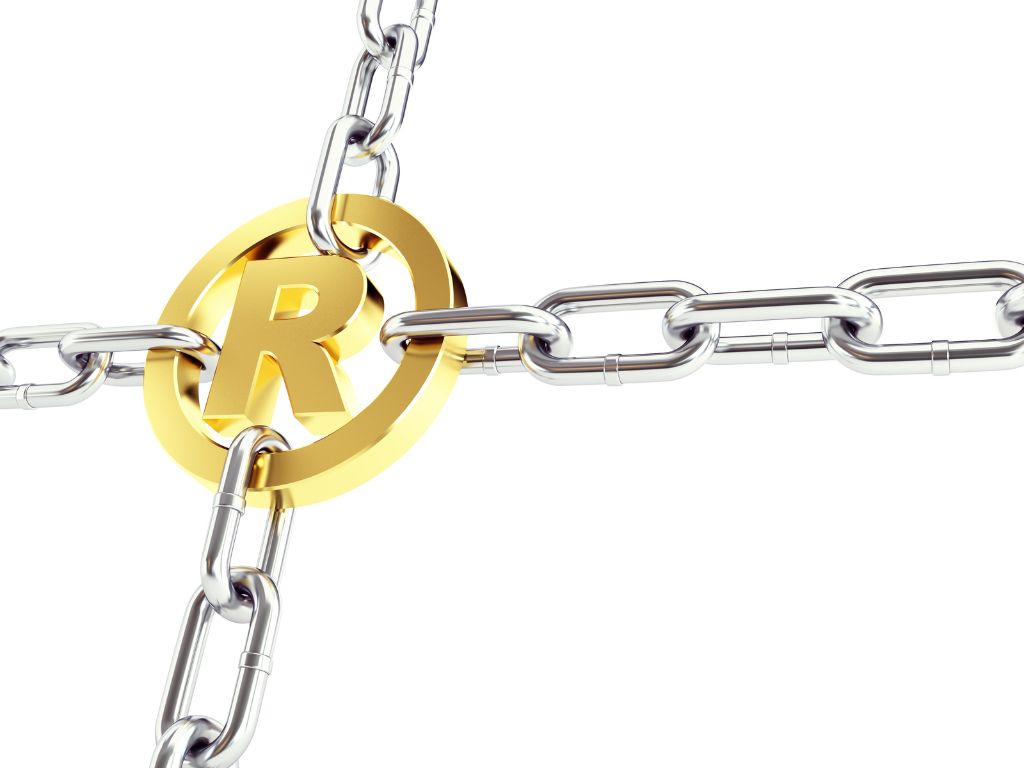What if I were to tell you a television show about a basketball team that uses a real basketball team’s registered trademark name and colors, is set in the same city, and even has the fictional team being founded in the same year?
If you said that sounds a lot like trademark violation, you are not alone. It is also the exact situation Pepperdine University found themselves facing with Netflix’s new show Running Point. After allegedly reaching out to both Netflix and Warner Bros. with their concerns and getting nowhere, Pepperdine filed a Petition for a Temporary Restraining Order on February 20 to prevent Netflix from releasing portions of produced episodes.
However, U.S. District Judge Cynthia Valenzuela rejected Pepperdine’s Petition, and season one of the series became available on Netflix on February 27. What was her reasoning? And what does it mean for trademark rights going forward?
First, a Bit More Background on Pepperdine and Running Point
Athletic teams for Los Angeles-based Pepperdine University have been known as “The Waves” since the school was founded in 1937. Among the university teams using the name are both the men’s and women’s basketball teams. School – and team – colors are blue and orange, and have also been around since the university’s founding. Blue was chosen to represent the Pacific Ocean, and orange for California oranges.
Running Point was co-created by Mindy Kaling. It features a fictional NBA team based in Los Angeles called The Waves whose team colors are also blue and orange. Various outlets have reported that it was not only inspired by Los Angeles Lakers owner Jeanie Buss, but that Buss herself pitched the idea for the show to Kaling several years ago. The idea was to create a workplace comedy in the vein of The Office, but featuring the inner workings of a professional basketball team.
So, Why Did the Judge Reject Pepperdine’s Request for a Court Order to Stop the Release of Running Point?
The short version of Judge Valenzuela’s ruling? She found that there was no implicit or explicit intent to use the Waves’ marks in the show to mislead consumers into thinking they were related to Pepperdine. Valenzuela even highlighted the fact that title credits clearly tell viewers the show comes from Kaling, Netflix, and Warner Bros.
A wider perspective on this is that emergency motions like the one Pepperdine requested to stop portions of episodes from releasing are incredibly difficult to win. This is particularly true when the petition is filed against a creative work like a TV show, because the Plaintiff is required to prove a likelihood of success on the merits.
The test in these types of cases is the Rogers Test, which is an affirmative defense when trademarks owned by others are used in films and television shows. The Plaintiff — in this case, Pepperdine University — would have to convince the court that the use of their trademark explicitly misleads consumers as to the source or content of the creative work.
In other words, it is not surprising that Pepperdine lost this early motion.
What Is Next – and What Does This Mean for Trademark Rights in General?
Pepperdine University may have lost their motion, but they have not lost the case itself. Proceedings will continue, and the university could ultimately prevail.
I will certainly be watching this case closely, because the final outcome may have big implications for similar cases in the future.
Do you believe another entity is infringing on your trademark rights? Get in touch.
